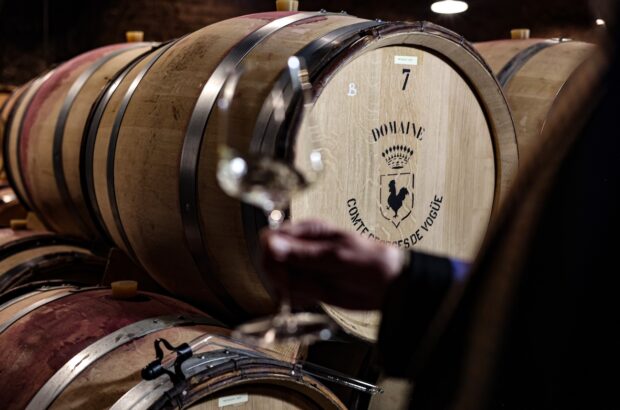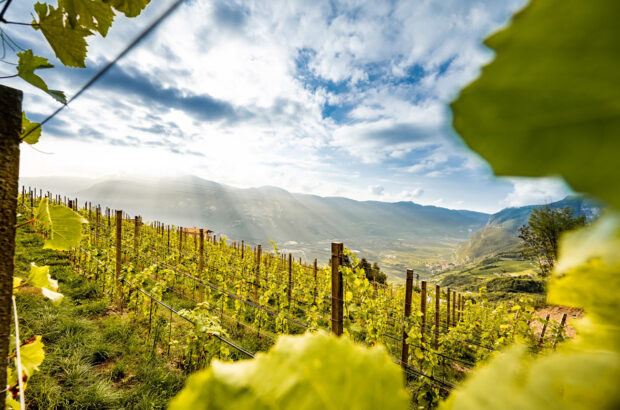Find out who won the regional trophy for over £10
Smith Woodhouse, Late Bottled Vintage, 2000
Christopher Smith was a British Member of Parliament and Lord Mayor of London who founded this Port house in 1784. His sons were joined by the Woodhouse Brothers in 1818 when the firm acquired its present day name.
In the late nineteenth century Smith Woodhouse had a high reputation for vintage Port with Professor George Saintsbury claiming in Notes on a Cellar Book that ‘I have never had a better ’87 than some Smith Woodhouse…’
But Smith Woodhouse was eclipsed by other shippers and eventually played second fiddle to Graham’s.
Part of Symington Family Estates since 1970, Smith Woodhouse has one small A grade vineyard, Quinta da Madelena in the Rio Torto (which was recently joined by Quinta do Vale Coelho inherited from Cockburn). The grapes for this wine were mostly grown at Madelena in an exceptional year that was also a fully declared Port vintage.
It was made in much the same way as vintage Port, the main difference being that it is kept in wood for four years before bottling, just about double the time allocated to vintage (hence the ‘Late Bottled’ prefix).
The extra time in cask serves to accelerate the ageing of the wine and, with additional bottle maturation before release, it is now fully ready to drink.
Still deep and youthful in colour, it shares the fragrant floral aromas (some say ‘violets’) and supple dark chocolate concentration of a fine vintage Port but costs a fraction of the price.
Just like a vintage Port it is bottled unfiltered and has thrown a crust or sediment in the bottle. If you decide to hang on to it (and this wine will develop well for another 10 years) keep it laying down. Decant off the sediment before serving.
Written by Richard Mayson







